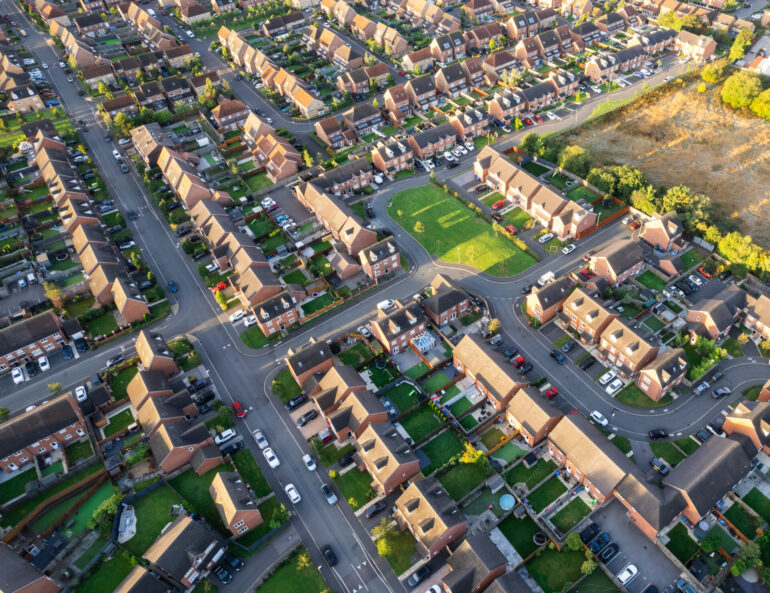The average house price was £267,200 in January, with the average house price set to rise by 2.5% by the end of the year, data from Zoopla’s latest House Price Index has revealed.
The index found that the sales market continued to register positive momentum, with all key measures of market activity running 10% to 11% higher than this time last year.
The number of sales agreed was 10% higher, and the number of homes for sale was up 11% compared to a year ago.
However, while market activity continued to increase, the annual rate of house price inflation edged lower.
It increased 1.9% in the 12 months to January 2025, down from 2.0% in December 2024.
In addition, house price inflation continued to follow a north-south divide.
Average prices were 7.2% higher in Northern Ireland and 3% higher in the North West.
However, house prices across London and the South only rose by 1% to 1.2% over the last year.
One notable trend that emerged during the early weeks of 2025 was a double-digit increase (14%) in the number of flats on the market, compared to a more modest increase (5%) in the number of houses for sale.
A return to price increases for flats in 2024 has brought more supply to the market, with flats accounting for one in four homes currently for sale.
Tony Hall, head of business development at Saffron for Intermediaries, said: “First-time buyers are racing to complete purchases before the Stamp Duty changes in April, and today’s figures really hammer that home.
“But even with an 11% rise in homes on the market, there remains a strain on supply of new housing.
“The last time the UK built enough homes was in 1979, when social housing was a priority. Since then, we’ve consistently fallen short.
“Proposed changes to affordability tests, like including rental payments, could help more buyers enter the market but also risk driving up demand without enough homes to meet it.”
He added: “It’s clear the Government is serious about the supply issue – they set out their stall last summer with the 1.5 million homes target.
“But it’s not just about building more homes. If we’re going to solve the supply issue, we need to think beyond traditional new builds and explore alternative routes to homeownership as well.
“For instance, there’s huge potential in repurposing underused commercial buildings in urban centres, making better use of spaces that are already there, meanwhile our research shows 64% of 18 to 24-year-olds would or already have considered pursuing a custom- or self-build project.
“Both present a valuable opportunity for brokers and lenders to expand their business and support borrowers in this specialist corner of the market.”
Nathan Emerson, CEO of Propertymark, said: “With Stamp Duty changes across England and Northern Ireland due to take effect from April, we have seen an increased keenness from many people to complete as soon as possible, to typically save themselves around £2,500 pounds when purchasing an average priced property.
“The magnitude of house price growth does typically vary across different areas of the UK; however, with inflation now standing higher at 3%, we may see this influence base rate decisions over the coming months to help maintain overall stability within the economy.
“With an ever-growing population, all devolved governments must not only turn their attention to ensuring house building targets are delivered in the areas where there is a need, but also ensure that the right type of homes are being built in line with the shift in buyer behaviour.”



